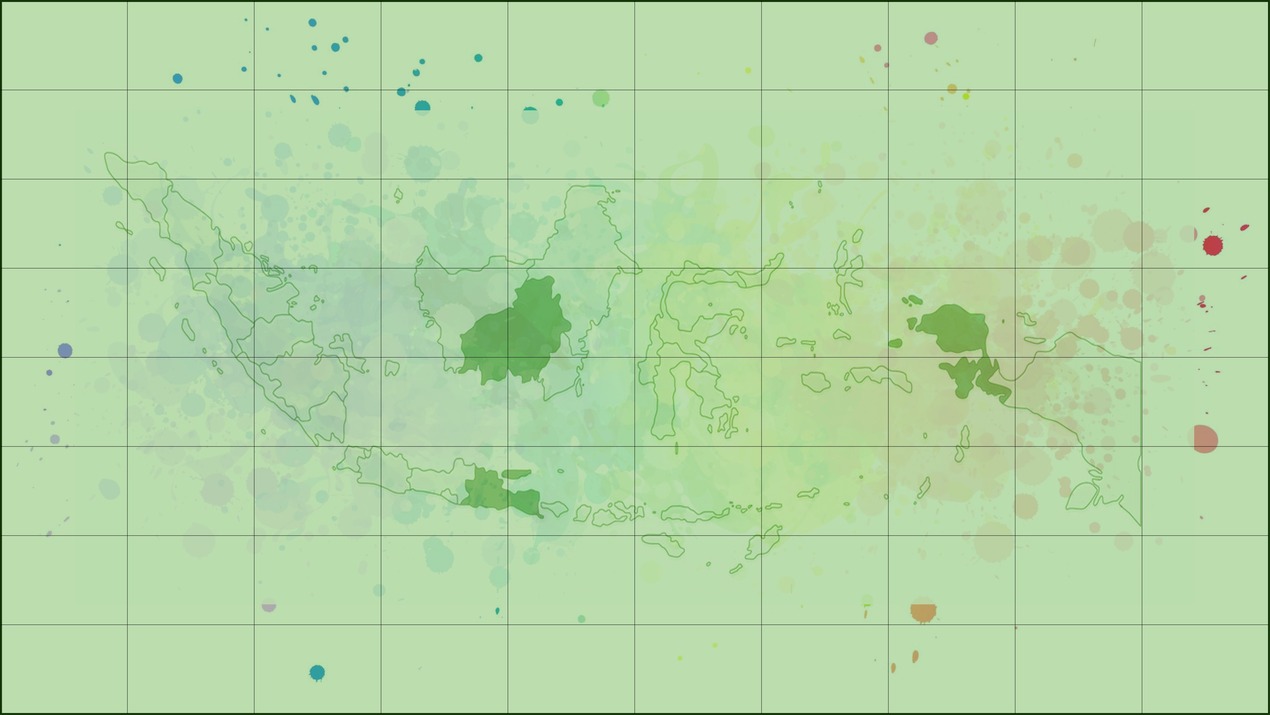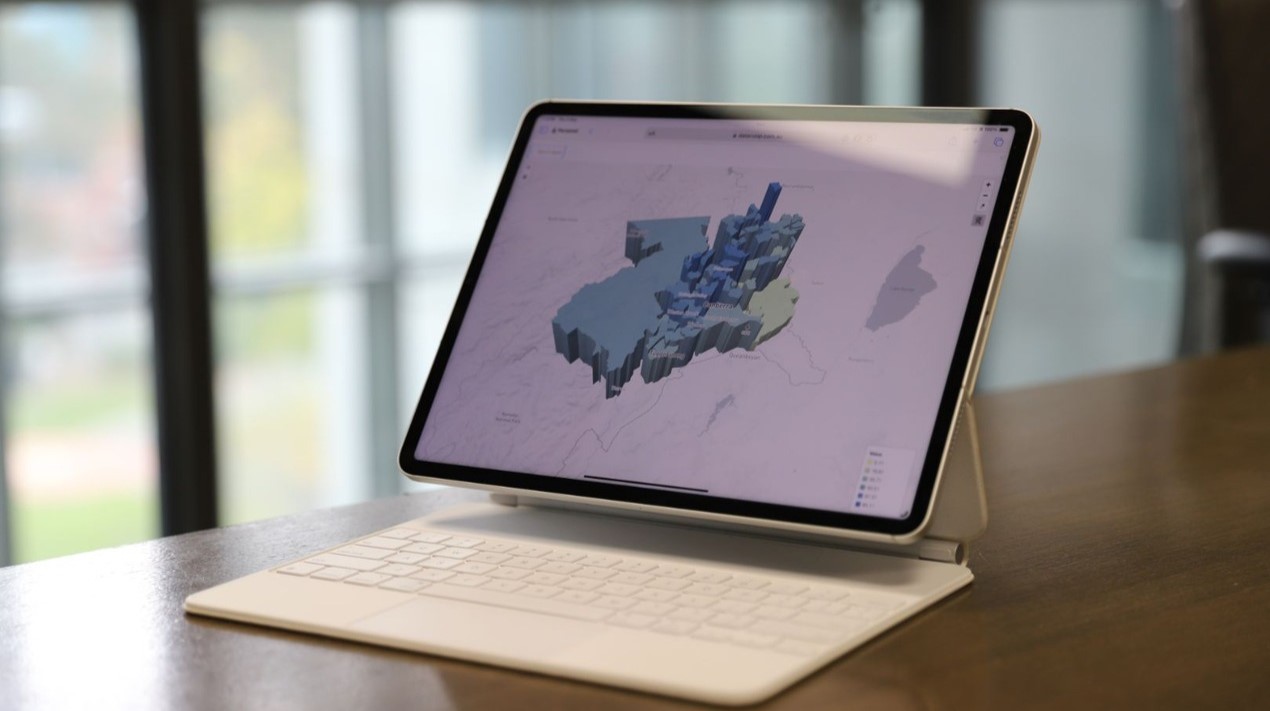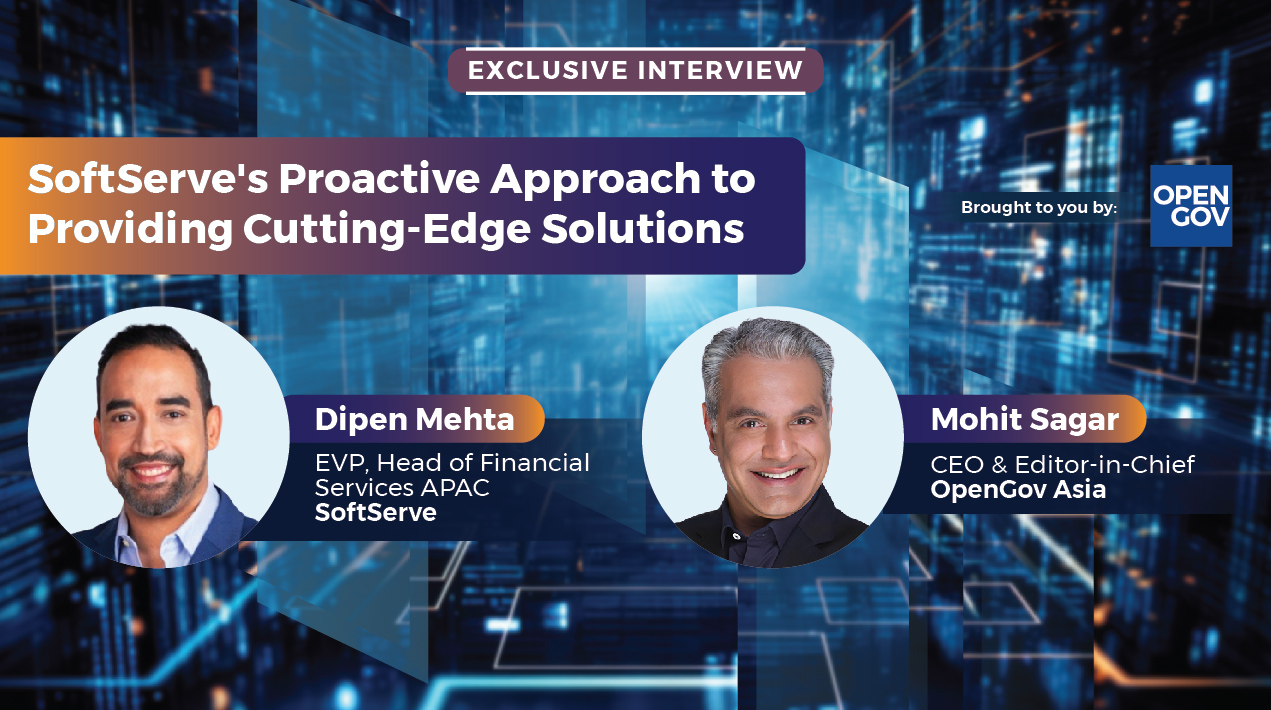
OpenGov met with Dr Ian Oppermann, Chief Executive and Chief Data Scientist for the newly created NSW Data Analytics Centre to discuss their role in innovating Government. This is part of the Digital Transformation of the NSW Government as pioneered by The Hon. Victor Dominello Minister for Innovation and better regulation for the NSW government.
May I start by asking how aligned are you with the Ministry of Innovation and Better Regulation and its drive to transform the NSW Government?
“The Data Analytics Centre (DAC) is a start-up within the NSW Government and we have our home within Finance, Services and Innovation. Our Secretary is Martin Hoffman and the responsible Minister is Minister Dominello. The DAC was specifically setup to address what we call ‘Wicked Policy Challenges’. These are problems which are subtle and complex but have people at the heart of them. They typically cross many different levels of government and often have no clear “owner” within government”.
The DAC is currently exploring a number of priority challenges ranging from transport optimisation to fire and rescue response times; helping better align VET training with regional employment demand to better understanding the drivers of demand for Social Housing.
The DAC has a whole of government remit, which means we look at the challenges we are charged to address through the lens of different government data sets from multiple agencies. We aim to produce a family centric, community centric, or a business centric view of the world by harnessing the different government data sets and other publically available data sets.
What are the key initiatives you are driving within the NSW DAC?
“We have the benefit of having a clearly defined set of problems which essentially form our foundation challenges. From an initial long list of projects that were identified by talking to different agencies, nine projects went through to NSW cabinet for endorsement when the DAC was established. This set of nine Priority projects reflect significant challenges for NSW, are closely aligned to state priorities and would benefit from having multiple data sets from multiple agencies.
These projects ranged from looking at the Sydney metropolitan NSW network (trains and buses) and understanding the drivers of “off peak” passenger behaviour when the whole system us geared to peak hour. Helping understand drivers for off-peak journeys means we can help Transport for NSW to better utilise their off peak capacity or help to encourage more people to use off-peak transport. We are also working with Fire and Rescue on the challenge of Automatic Fire Alarms.
In NSW last year, 48,000 automatic fire alarms were set off last year of which 97% of these were unwanted – think bugs or dust – or false alarms. By law, Fire and Rescue must respond to each alarm and by default send 2 trucks.
That means 96,000 truck rolls with lights and sirens to predominantly false alarms. So you have a significant cost of responding, an impact on traffic, as well as a lot of people standing around outside buildings waiting to be let back in.
There is also the very real risk that the Fire and Rescue crew turn up expecting a false alarm. If they arrive and do not smell smoke or see flames, they run the very real risk of not being as prepared as they might be. The DAC challenge is to use a very wide ranging sets of data to help identify if the alarm is for a real fire or an ‘unwanted’ alarm before the crew arrives on the scene.
Whilst these are just a couple of examples, with all of our projects, we are looking to solve a specific challenge and at the same time raise the level of ambition for agencies. By asking more ambitious questions, agencies can tackle bigger problems through the lens of data.
Ultimately we are looking for those really powerful questions which are characteristic of ‘If you knew the answer to this question in real time, what would make the biggest difference to how you deliver your service?’
Through this question based approach, and identifying data sets which help answer these questions, we want to encourage agencies to raise their level of ambition in terms of the questions they can ask. Ultimately, this can lead to changes in the way agencies deliver their services – increasingly personalised, more effective, or potentially even transforming the type of service delivered.
Immediately, our focus is address our nine (actually there are now twelve) priority challenges, but in the process of doing so we are looking to raise ambition, demonstrate that data science is a valid way of approaching these challenges, and bring different skills to bear to help agencies better address these challenges.
Twelve projects is obviously a lot to focus on and how do you prioritise them?
“All of our projects are Priority One as they are endorsed by the NSW government, so all get our attention. The realistic approach is that we work with agencies to imagine a future scenario that is two, three or four years in the future; where their service delivery model has changed or what the world may look like.
We then describe this as the “blue sky” future and develop “horizons” back from that to a “light blue” sky in the mid-term future and then identify what we can do as a “proof of concept” as a three-month time bounded demonstration. The proof of concept has the least number of data sets and the least number of stakeholders and fewest changes which still delivers value and literally “proves” the concept.
The “light blue” sky horizon is where we operationalise that proof of concept in what we call a minimum viable use-case (MVU). For an MVU, we embed the set of tools which form the proof of concept into the operational environment of the client agency, accessing more data more frequently. For the future “blue sky” scenario, we keep building the use cases around the MVU, creating predictors, classifiers or ‘what if?’ scenario planning.
The projects we choose first are those for which the question is clearest, the data sets are most likely to be available and the agency is most ready to go on the journey with us. It is often a journey because quite often we do take people out of their comfort zones.
We are talking about data science as opposed to cohort research conventional statistical analysis or the sorts of things agencies would have typically done – it’s a different approach’.
When you complete a project, what is the outcome you are looking to achieve – is it a benefit to the citizens or a cost saving or enhanced efficiency?
“In all cases we are looking for insights in that proof of concept phase. From the insights we want to generate models and from the models you want to create ‘what if” scenario planners. For example in Transport which I mentioned earlier, we generated insights from the data sets, models from those insights, and then “What if” scenario planners from those models. The “what if” planners allow Transport to ask questions such as “what if” I added or removed a particular bus stop or changed the frequency of an off peak train. The insights we want to generate are those which are really unexpected providing different perspective on the way the network operates.
When we get to the end of a project or proof of concept, we typically have a set of insights that identify a likely benefit in terms or cost, revenue or social outcomes. We discuss the magnitude of these benefits with the agency and about possible ways that agencies could achieve these benefits.
So we wrap up a proof of concept by saying “here is your model, we’ll lift and shift it into your operating environment”, or “here is a set of documents that describes the sorts of benefits that could be realised” and it’s now up to you to you ‘the agency’ to realise those benefits. This will allow agencies to reprogram their resources, reallocate and optimise accordingly.
The step beyond this is to deliver something useful in its own right, such as a timetable optimisation tool, that is fed with more data, in real time, and richer sets of data. It’s essentially operationalised of the proof of concept into the business intelligence environment or the operational environment of the agency we are working with.
In our projects, we are always looking for hard dollar benefits as well as social benefit. Ultimately however we are looking for different ways to deliver services – not just digitization of current services, but new services in new ways – for the citizens of NSW. The question based approach means we are quite literally looking for questions that have the characteristic that ‘if you knew the answer to this question in real time, what would make the biggest difference to the way you deliver your service’? That could be a question related to effectiveness, to specificity, or it the possibility of a different interventions to achieve a desired policy outcome.
Within the DAC, we are looking to develop a service mentality – we are not looking to tell agencies what to do – we are looking to help agencies address their own challenges or to go about addressing various challenges with a different skillset or to use a new tool set in order to take a different approach.
I think we have got all agencies to a point where they believe and understand that using data analytics is a valid way of approaching the challenges they have. That through the ability to join different government data sets we have given them something they weren’t able to do by themselves and in some cases we have offered them some really cutting edge data science approaches that they wouldn’t have necessarily have tried themselves.
I think it’s fair to say that at this point, and because we take on an enabling role with agencies, the relationships are very good and the responses have been very good too”.
Are the agencies themselves who are paying for this or how does it work?
“Because we are a start-up we have been out there proving ourselves to our market (which is NSW Government) so most of the proof of concepts we have funded by the DAC to date. We have been asked by some agencies to undertake a proof of concept, in which case the agency will fund it themselves. When the DAC reaches the next level of maturity, an operationalisation phase, we will work with agencies to fund or co-fund projects. If a project is broadly applicable to government, we would co-invest. If a project its more narrowly applicable to one agency, then we would ask that agency to invest.
That’s the model we are looking to embrace now as we end our start-up phase on June 30 this year. From July 1st , we will move to a co-funded or fee for service model. Ultimately over time we are looking for projects to be funded from beginning to end by the agencies that use us.
Lastly, if you were to fast forward 3 years, how would you judge the success of the department?
The ultimate goal is to help all agencies lift their data analytics capability and so their problem solving ability. We are encouraging more sophisticated analytical approaches which go beyond data linkage – machine learning and continuous data based exploration – so we are hoping to help all boats float.
By showing that data science is a valid approach to solving significant challenges, by demonstrating what other agencies have been able to achieve, and by helping develop a maturity framework, the intention really is for different parts of government to be much more analytically enabled.
So success will be more government agencies taking on bigger problems using data analytics and more agencies having the ability to do it for themselves.
Dr. Ian Oppermann will be speaking on data analytics and the role big data plays within government at the upcomingNSW OpenGov Leadership Forum in Sydney on the 13th of September and again at the Australian OpenGov Leadership Forum in Canberra on the 15th of September. For more information on these events, please contact leon.kantor@opengovasia.com




















